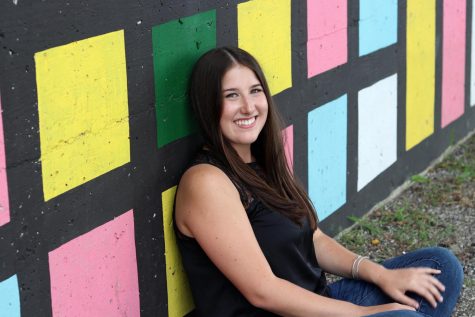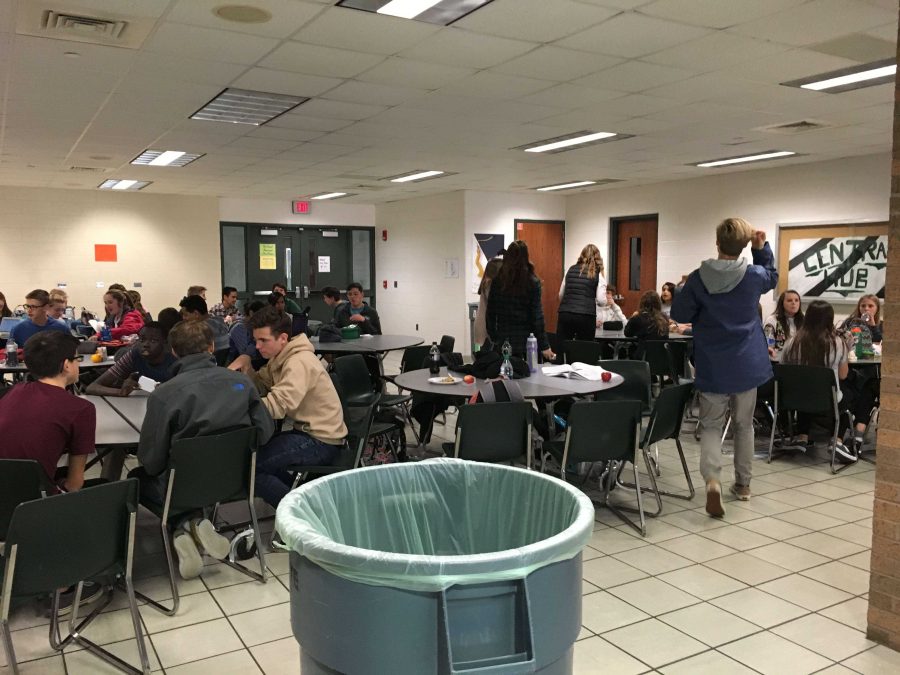Cafeteria In Need Of Change
We are very fortunate to go to a well-kept school. Classes often have spotless floors, tidy desks and chairs, and we just received brand new furniture for our library. With our school constantly being upgraded, renovated, and cleaned, there is still one major issue that has to be addressed: the cleanliness of our school cafeteria.
After 1st lunch, there is an abundance of trash and leftovers overflowing onto the tables, chairs, and floors. The cafeteria contains plenty of messy eaters, accidental spills, and immature students who still think it’s funny to throw food across the room. This can create a very unsanitary and revolting environment for both second and third lunch. The students in first lunch feel no obligation to clean up after their mess. At the end of all three lunches, the janitors are left to clean what never made it to the trash cans. They clean the cesspool of student’s garbage and uneaten food that was played with like toddlers. The students need to change their habits.
As teenagers go through high school, they are preparing for life in college and beyond. Teenagers will not always have someone else clean up for them in their future. Going through high school, habits need to be created that are useful later in life. If students are taught in high school that they can make a mess and have someone else clean it up for them, they will continue to live out that lifestyle. Since students do not clean up after their lunch, a toxic relationship with community hygiene is formed.
Not only can the state of the cafeteria be uncomfortable and dirty, but it can also spread illnesses and infections. After performing extensive research, Dr. Charles Gerba discovered cafeteria tables are the most contaminated areas in schools. If we take small measures to disinfect tables in between lunches, we can keep a clean environment that also can slow the spread of sickness, like the flu, or common cold.
I know the janitors work very hard to ensure the cleanliness of the school. With 1,360 kids eating at the all the same tables within an hour’s span, it’s impossible for the janitors to ensure that every table is clean all the time. But if students take small amount of time to clean the tables between lunches, it can ensure the best environment for lunch. If there is a cylinder of disinfecting wipes available for students to use after eating, they can clean off the tables between lunches. This will make the tables free of crumbs, kill the bacteria, and create a better eating environment. If restaurants are constantly under inspection and kept in the cleanest conditions, I think our cafeteria should be treated in a similar manner between lunches. If we try to implement a small solution, it can help make everyone’s life a little bit easier.
If we take a small steps in the management of the cafeteria, the health and well being of the students will improve. In order for students to understand the responsibility of neatness, the school needs to provide us with the necessary tools. If a solution is provided, every space at FHC will benefit.

Emily Obermeyer is a senior entering her second year on staff. Her favorite type of story to write is reviews. Emily plays basketball and loves going to...



























































































